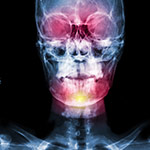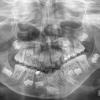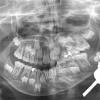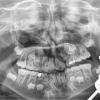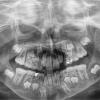A method that has helped considerably the rehabilitation of some craniofacial malformations (anomalies) is the distraction osteogenesis.
THE PRINCIPLES THAT DISTRACTION OSTEOGENESIS IS BASED
This method is based on observation (that has been verified by laboratory experiments) that, if an incision is made in a bone, and both sides move away from one another mechanically very slowly, approximately 1 mm. per day, the resulting deficit is completed with a newly formed bone having as a result the controlled lengthening of the bone concerning the direction and the final size. It was applied firstly in the long bones of limbs in the field of orthopedic surgery, and more recently in the facial bones. Special devices allow the distraction and elongation of the facial skeleton bones and the control of the newly formed bone shape in three dimensions. The techniques of bone distraction have offered a solution to many problems that previously were considered extremely intractable simplifying their rehabilitation.
FACIAL AREAS TO WHICH DISTRACTION OSTEOGENESIS IS APPLIED
The distraction osteogenesis is an important aid in repairing problems:
- In the lower jaw for promotion or rehabilitation of symmetry
- Hemifacial macrosomia
- Micrognathia
- Asymmetry
- In the upper jaw in order to be moved forward and to achieve the proper occlusion usually in cases of hypoplasia with or without cleft palate and alveolar).
- In the middle part of the face, in cases of hypoplasia and obstructive sleep apnea (osteotomy Le Fort III).
- In the middle part of the face together with the forehead (frontofacial advancement), in syndromic diseases with brachycephaly and obstructive sleep apnea.
HOW LONG DOES THE TREATMENT LAST
The device of distraction osteogenesis is applied for two to three months. Although patients and their families express fear and hesitation for the inconvenience that they will be undergone, though they usually get used to the machine after a few days and go through the recovery period without particular problems.

